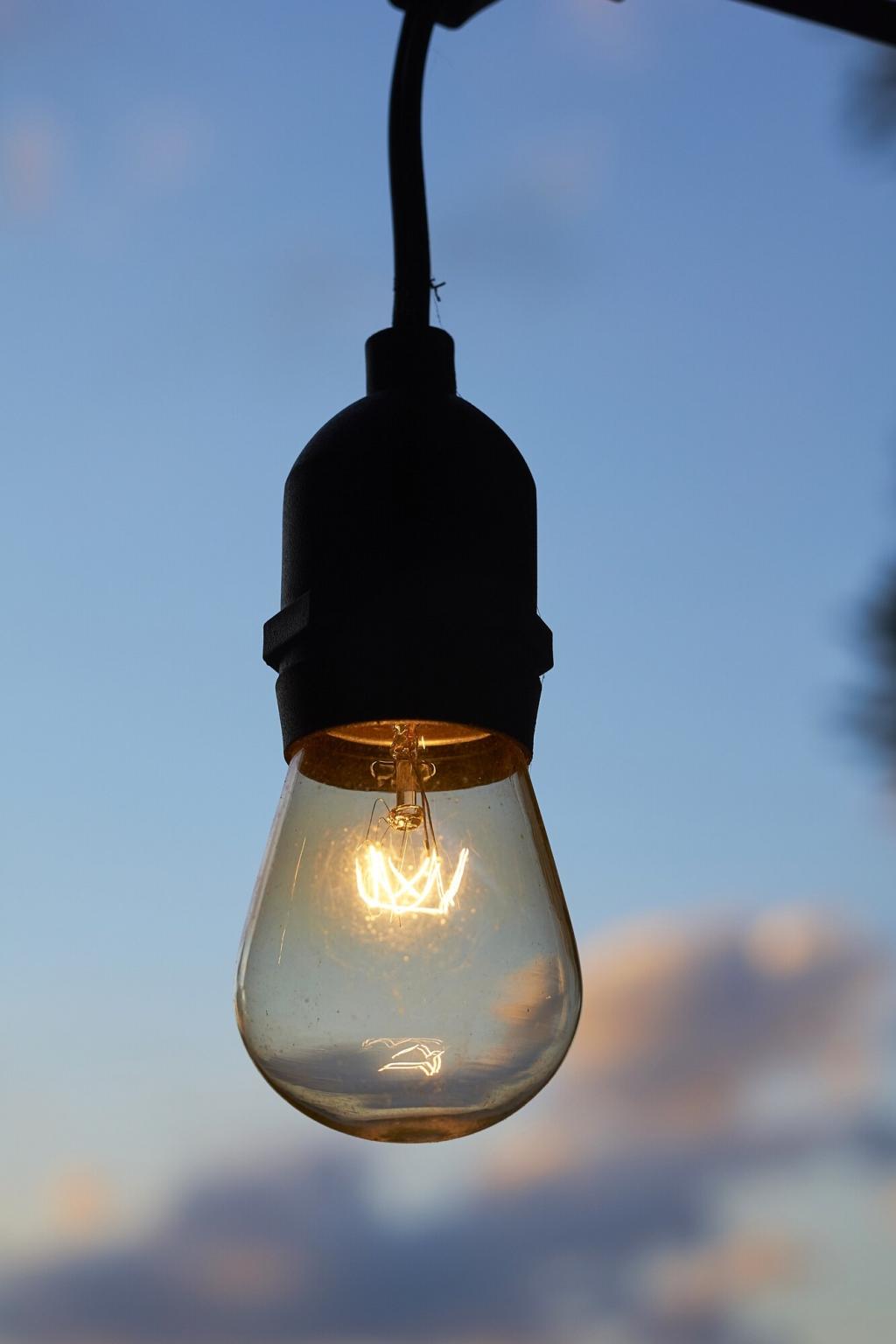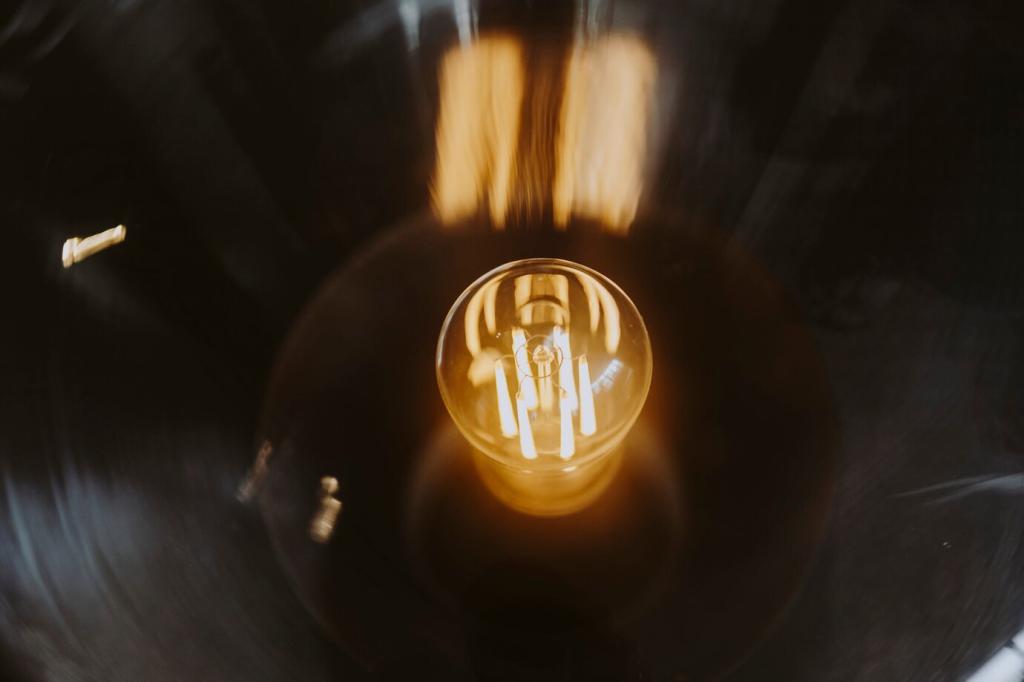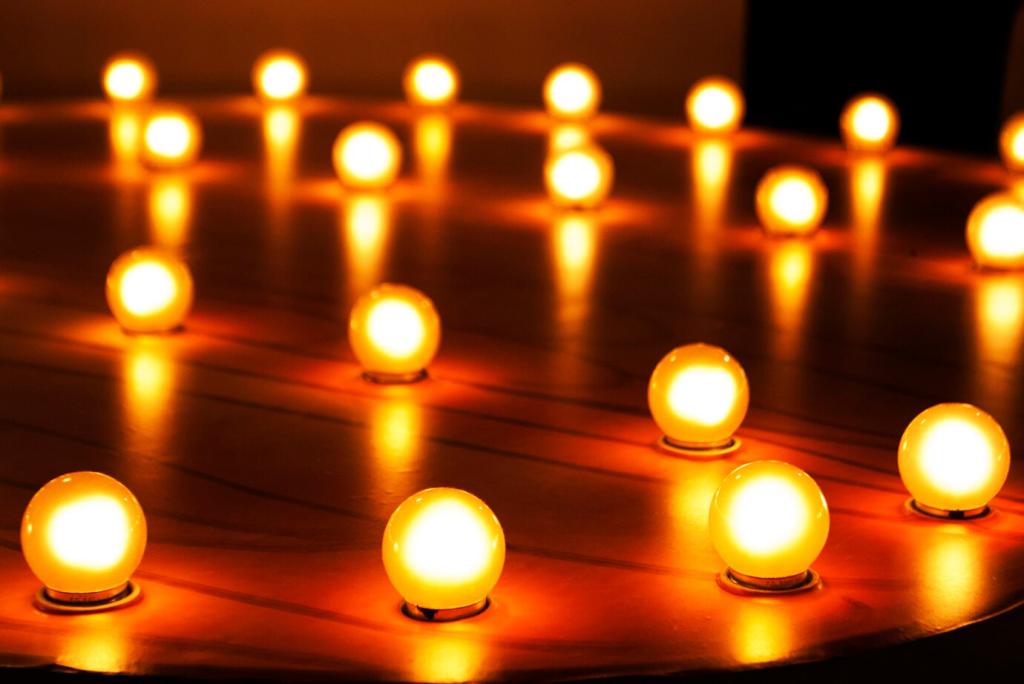Lighting Techniques for Enhancing Interior Aesthetics
Lighting is a crucial element in interior design, transforming spaces visually and emotionally. The right lighting enhances architectural features, sets the mood, and draws out the character of each room. By understanding and applying various lighting techniques, you can elevate your interiors from ordinary to extraordinary, imbuing them with both function and beauty. Discover how carefully curated lighting solutions can make a striking difference in your home’s aesthetic appeal.


Ambient Lighting: Setting the Foundation
Ambient lighting forms the overall illumination in a room, ensuring comfortable visibility. It is typically achieved through ceiling-mounted fixtures, chandeliers, or recessed lights that cast a uniform glow. Effective ambient lighting reduces harsh shadows and evenly disperses brightness to create a welcoming and relaxing environment. The right choice of fixtures and settings allows you to control the mood—softer light for tranquil spaces and brighter light for more energetic rooms. Achieving a well-balanced ambient light is the first step in designing an evocative interior.

Task Lighting: Focused Functionality
Task lighting serves a specific purpose, directing illumination where precision activities take place. Think of reading lamps beside a cozy armchair, under-cabinet lighting in kitchens, or vanity lights in bathrooms. This lighting type should be bright enough to reduce eye strain but carefully angled to avoid glare or excessive brightness elsewhere in the room. Stylish desk lamps or sleek pendant lights can be both functional and visually impactful, enhancing the work zones’ aesthetics while supporting productivity and comfort.

Accent Lighting: Highlighting Features
Accent lighting adds drama and flair by drawing attention to design elements like artwork, architectural niches, or textured walls. Using directional spotlights, picture lights, or LED strips, accent lighting creates contrast and focal points within the space. The strategic use of highlights can make colors pop, illuminate textures, and give a three-dimensional quality to otherwise flat surfaces. By thoughtfully illuminating certain features, accent lighting elevates the room’s sophistication and delivers a uniquely personal touch.
Color Temperature and Mood Setting
01
Warm Lighting: Cozy and Inviting Spaces
Warm lighting, typically around 2700K to 3000K on the Kelvin scale, emits a soft, yellowish glow reminiscent of sunrise or candlelight. This type of lighting is ideal for relaxing environments like living rooms, bedrooms, and dining areas. Its comforting ambiance encourages relaxation and intimacy, making spaces feel cozier and more welcoming. It also pairs beautifully with wooden textures and warm-toned décor, enhancing a sense of homeliness and connection within the space.
02
Cool Lighting: Energizing and Modern Aesthetics
Cool lighting, ranging from 4000K to 5000K, emits a white or bluish hue that simulates daylight. Such lighting is well-suited to workspaces, kitchens, or bathrooms where focus and clarity are paramount. The crispness of cool lighting can make interiors appear more modern, clean, and energizing. Additionally, it accentuates cool color schemes and sleek materials, infusing spaces with a fresh, professional, and stimulating atmosphere ideal for high-energy or contemporary interiors.
03
Tunable Lighting: Adaptive Environments
Tunable lighting systems allow you to adjust the color temperature throughout the day, aligning with natural circadian rhythms or activity needs. Morning routines can benefit from energizing cool light, while evenings become more restful with warm hues. This flexibility promotes wellbeing and customizes the vibe for each occasion, whether it’s a family dinner, focused work session, or relaxing after dark. Integrating tunable lighting provides both aesthetic versatility and practical adaptability, responding to every moment and mood.
Creative Use of Fixtures and Materials
Statement lighting fixtures, such as oversized chandeliers, designer pendant lights, or sculptural floor lamps, capture attention and set the tone for a room’s style. These focal points express personality and can become conversation starters. Placement and scale are crucial; a grand fixture above a dining table or in a double-volume space can command presence without overwhelming. Choosing bold colors, distinctive shapes, or innovative materials in these fixtures transforms lighting into a defining architectural element, reinforcing your design narrative.
Previous
Next
